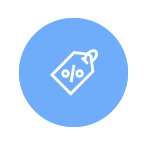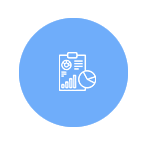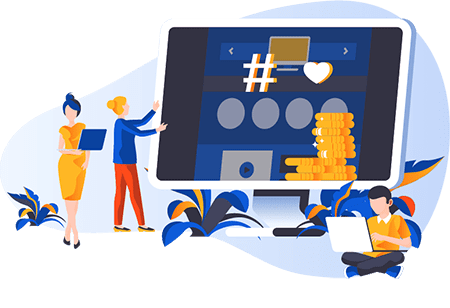

Trade Promotion Optimization Software: Everything You Must Know
Our Customers Around The World
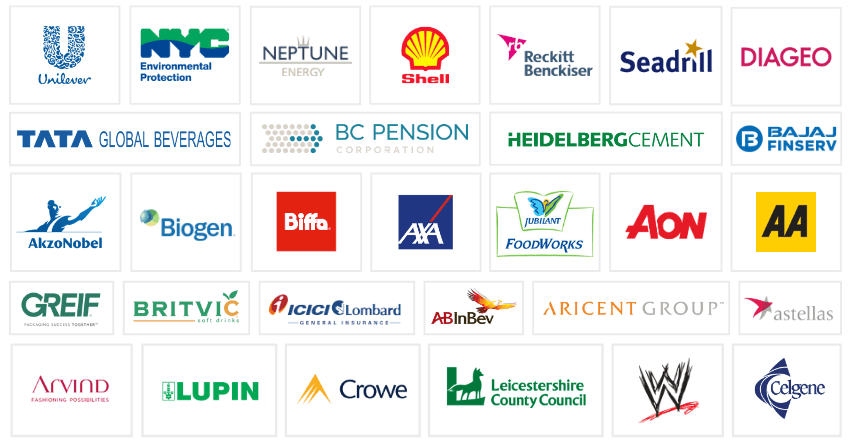
Chapter 1
What is Trade Promotion Optimization
This chapter is all about the basics and the current state of CPG trade promotions. It’ll help us get the definitions right before we delve into the actual topic.

The Current State of Trade Promotions
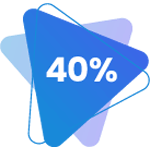
of CPG trade promotion spending doesn’t drive the desired results
– Nielsen Holdings

of the money was lost by most of the manufacturers who invest in trade promotions
– Booz Allen Hamilton
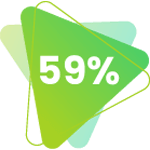
of trade promotions globally don’t break even
– Nielsen Holdings
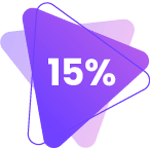
improvement on trade promotion ROI will improve the top line by 10% and operating margins by 3-5%
– Economic Times Retail
Even though the trade promotions spend take up a lion’s share of the organizational revenue, traditionally manufacturers have always struggled in optimizing their promotion mix for achieving the maximum bang for the buck. CPG companies typically take a two-step approach to implementing trade promotions – Trade Promotion Optimization and Trade Promotion Management (TPM). Let’s start by establishing the core definitions of both and how they are different from each other.
Trade Promotion Optimization (TPO): TPO is the process of continuously improving the effectiveness of trade promotion strategies by optimizing them based on your business goals and current supply and promotion constraints. The key objective of TPO is to maximize the value every dollar invested in trade promotions. It follows the famous motto of “Build, Measure, Learn and Repeat”.
The software which support and enable this entire process is Trade Promotion Optimization Software. These solutions are equipped with a range of predictive modelling, analytics and data harmonization capabilities.
Trade Promotion Management (TPM): TPM focuses more on the internal execution and operational part of trade promotions. This can include defining new promotions, allocating budgets at various stages for different departments, retail activity management, tracking promotions and managing funds, authorizing payments etc.
TPM systems lack or have limited forecasting and promotion effectiveness analysis capabilities - things that are critical to profitably optimizing your trade spend
Chapter 2
Trade Promotion Optimization Myths and Challenges
Even though many companies recognize the importance of powerful TPO procedure, organizational and technological challenges often limit teams from implementing an effective TPO. In this chapter we will debunk some popular TPO myths and discuss common challenges.
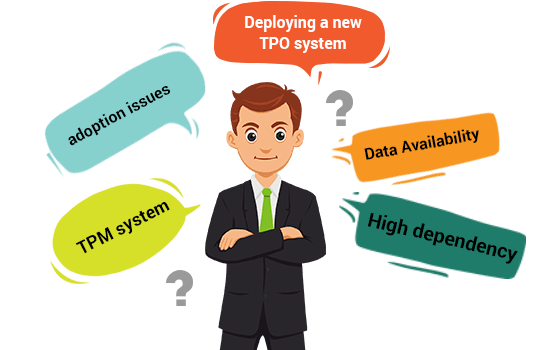
Trade Promotion Optimization Myths
Myth #1 We already have a TPM system in place. We won’t need an additional TPO system
This is the most common excuse we hear when we talk to CPG companies about their trade promotion challenges. TPM systems are needed to “manage” promotions i.e you can use them to define promotions, track spending or schedule invoices to retailers or any other operational/transactional activities. However, the capabilities of these systems are limited to just planning and execution.
A majority of TPM solutions can’t integrate data from key influential sources like POS, digital media, weather etc.he post-event analysis and what-if scenario building capabilities are also very limited in most TPM software.
Always build the trade promotion optimization (TPO) into your trade promotion management approach – Gartner
Companies should look at choosing a TPO solution which can seamlessly integrate into their existing TPM system. This enables both systems to work in tandem with each other and centralize all your trade promotion activities.
Read More: 6 Best Practices For Moving From TPM to TPO
Myth #2 We will face adoption issues from our sales teams
Any reliable TPO solution should be extremely user-friendly. Advanced visualizations and seamless navigation flows are some key elements to look for while choosing a TPO solution and have elements which will help with better adoption by users.
In addition, a TPO solution should automate post-event analysis and data-entry. Without automation, field-sales teams need to manually enter data which is not only unproductive but also prone to human-error. Obtaining information for better decision making is a huge challenge.
Integrating AI chatbots with the TPO solution is one another effective way to increase adoption among field-sales personnel. Chatbots simplify the way you interact with data and eliminate the need to switch windows or drill dashboards.
Myth #3 Deploying a new TPO system is both cost and time intensive
Unlike your typical TPM systems which need a considerable amount of time to go live, TPO systems can be deployed within a few weeks. And while it’s true that these systems can’t really be termed “cost-friendly” but companies need to think about the ROI delivered by these systems.
Today a mere 15% improvement on Trade Promotion ROI will improve the top line by 10% and operating margins by 3-5%. If you are in the CPG business, you probably must be well aware of the increased competition from local brands in the last decade. And this is most likely to increase further in the coming years.
In such a scenario, you no longer can afford taking critical business decisions based on gut or partial intelligence or past experiences.
Success in the CPG industry is largely based on decisions – decisions which are accurate and taken at a lightening speed. While decision-making does depend on several factors, it’s highly important to leverage emerging technologies like TPO solutions which will improve and simplify it.
Information is the oil of the 21st century and analysis is the combustion engine – Gartner
Trade Promotion Optimization Challenges
Challenge # 1 Data Availability
There are numerous types of data which needs to be considered before devising or optimizing trade promotion strategies. These could include POS data or Syndicated data from data brokers or past promotion data etc. However most companies spend heavily and depend solely on syndicated data for taking decisions.
While this type of data is important to capture, there are numerous other influential data types which need to be harnessed to increase data accuracy and get a big picture view of reality.
Another popular challenge is siloed data. Your POS data remains at one place, syndicated data in another, social media data at some other place. This limits the efficiency and productiveness of decision-makers as they can’t process and analyze data effortlessly.
Challenge #2 Sole reliance on spreadsheets for data consumption
Most decision-makers in the CPG business still are reliant on some custom-built spreadsheets for data consumption. Even though many business users are accustomed to using Excel, the lack of flexibility of these sheets decreases the speed and accuracy of decision-making.
Especially as the amount of data to be processed increases, decision-makers have to spend more time analyzing data and less time gaining insights from it. Also, manual data entry into spreadsheets is very tedious for field-sales teams and prone to human errors.
Challenge #3 High dependency on IT or MIS teams
This is another common challenge which disables TPO teams from leveraging data for decision-making. Business teams usually have to depend on highly-skilled crew like IT or MIS personnel or Data Scientists to get new report formats or update the existing ones with the latest data. This is a complicated process and hard to incorporate in the daily work flows of a decision-maker.
Read More: The 5 major benefits of self-service BI
Challenge #4 Inaccurate post promotion analysis
Due to the above challenges and various other organization-specific problems, TPO teams cannot powerfully measure the effectiveness of trade promotions and clearly identify low and high yield promotions. Thereby budget and resource allocation cannot be done effectively.
Challenge #5 Lack of tools with powerful analytical capabilities
Most companies depend on their typical corporate systems like TPM or ERP systems for trade spend analysis. However, trade promotion planning, measurement and optimization require tools with strong analytical capabilities. A majority of existing TPM systems only offer effective control mechanisms.
Challenge #6 Focus on incorrect metrics
Even though there is a quick realization that profitability carries more weight than volume, business teams – from field sales to marketing are still focusing on volume. But volume and profitable volume are two entirely different things. Focus on achieving profit should be embedded within every department of the organization.
Chapter 3
Must-have capabilities in a Trade Promotion Optimization solution
The TPO software market is huge and there are numerous vendors who promise a wide-range of features. In this chapter, we’ll explore some important capabilities you must look for while evaluating solutions.

It’s imperative to understand the different steps involved in trade promotion optimization and important capabilities required to effectively execute each step.
6 key steps of trade promotion optimization
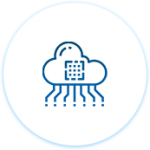
Data integration and harmonization
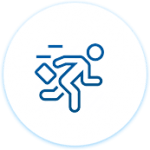
Promotion effectiveness measurement and analysis
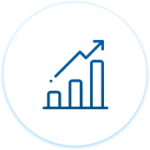
Sales
forecasting

Promotion optimization
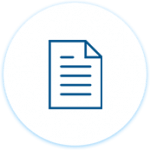
Publishing to TPM solution
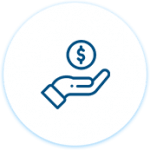
Business Adoption
1. Data integration and harmonization
In most CPG companies data is stored in disparate silos, disabling decision-makers to have holistic view of reality. An effective TPO solution should be able to bring together high-quality real-time data from different internal and external sources with no errors. Ideally the solution should also have data cleansing capability to ensure consistent and accurate data.
To ensure data accuracy, the solution should also be fed with data from multiple influential data sources and market touch points. This combined raw data acts as a strong foundation on which a powerful analysis can be run to glean insights.
Important data sources your TPO solution should capture

1. Internal data
- Market research: Market, consumer and competitor information from analysts.
- Past promotions: Information on different trade promotions run for different products and their effectiveness.
- Primary sales: Sales from the manufacturer to distributor/retailer
- Secondary sales: Sales from the distributor/ retailer to the end customer.
- Marketing campaigns: Ongoing and future marketing activities that can impact your trade promotion ROI.
- Point of Sales: The basket of items which a customer buys at a retail outlet
2. External data
- Syndicated data: Data from Nielsen, IRI, SPINS and other data brokers etc.
- Weather: Consumer behaviours change based on seasons or environmental factors like flu, pollen etc. and this can impact your sales or trade promotions. The TPO solution should be integrated with past, future and current weather data.
- Events: Major events like a famous musician’s performance or a sporting event can alter consumers’ behaviour towards certain type of products (ex: A football event can trigger more sales for a beverage)
- Digital Media:
- 58% of survey respondents rate their capabilities at the intersection of digital and trade promotion as “lagging” Promotion Optimization Institute
As digital marketing continue to increase in the consumer goods business, it is essential to learn what consumers are searching for, tweeting about, how they are mentioning your and competitor brand or responding to particular Facebook or Instagram campaign and so on. However this type of data is largely unstructured and generated real-time.
Traditional TPO solutions miss this vital information. If you are evaluating vendors, ensure their solution captures and harnesses digital data. An ideal TPO solution needs to provide a comprehensive and single window view of all types of data and reports.
Read More: Our Data Integration Services
2. Promotion effectiveness measurement and analysis
The current obstacle to more meaningful post-event analytics is that it largely lacks automation – Promotion Optimization Institute
Automate Post-Event Analysis
Post-promotion/event analysis is a key feature of any TPO solution. Lack of automation results in manual compiling of data and over burdening of your field sales teams.
In a POI research, it is found that only 39% of CG companies have some level of automation in their TPO solution. Automation allows you to see the performance of as many promotions as you want and as often as you want. It also relieves burden on your field teams and eliminates human-error which can occur due to manual data-entry.
In-depth Insights
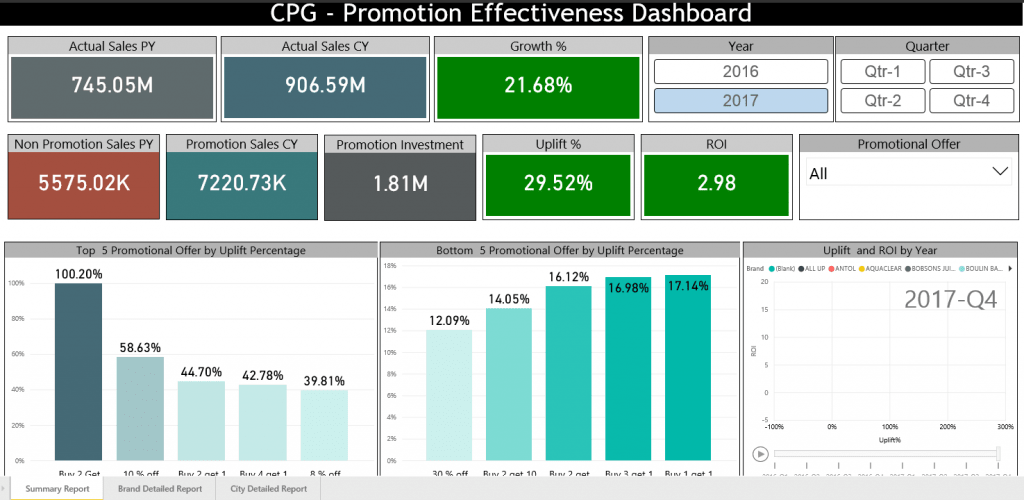
The solution should display key metrics like growth, sales uplift, ROI, volume, profitability for every promotion and offer the flexibility to view at brand, location, retailer levels.
3. Promotion forecasting and planning
Post-promotion/event analysis is a key feature of any TPO solution. Lack of automation results in manual compiling of data and over burdening of your field sales teams.
In a POI research, it is found that only 39% of CG companies have some level of automation in their TPO solution. Automation allows you to see the performance of as many promotions as you want and as often as you want. It also relieves burden on your field teams and eliminates human-error which can occur due to manual data-entry.
4. Promotion optimization
The solution should be able to optimize trade spend based on the given promotion combinations forecasted and recommend which promotions should be run based on
a.The constraints defined. eg: budget for a region.
b.The objectives which need to be achieved i.e either to increase volume or gain market share or increase revenue or increase profit.
The solution should allow the planner to simulate various promotion scenarios and pick the best scenario based on the sales uplift and profit predicted for various scenarios.
5. Publishing to TPM solution
The solution should seamlessly integrate into your existing TPM and ERP systems and allow you to schedule and publish plans to your sales teams.
6 Business Adoption
TPO initiatives usually fail because of the required change management. And Business users face challenges with learning to use the solution and getting access to information and data to make better decisions. As a result they go back to the old way of using custom-built excel sheets to make their decisions . This challenge can be overcome by embedding AI chatbots into the TPO solution.
Chapter 4
Artificial Intelligence in Trade Promotion Optimization
According to Gartner, AI technologies will be in almost every software product by 2020. And TPO systems are no different. Modern trade promotion optimization solutions are leveraging AI to harness data and produce actionable intelligence.

Traditional analytics like descriptive and diagnostic analytics have always been a part of TPO solutions. While these analytics technologies do provide some key insights, most of them are non-actionable.
Consumer Goods and Retail businesses produce massive amounts of data every day and an powerful harnessing of this humongous data requires advanced technologies like Artificial Intelligence and Machine Learning.
Advanced analytics like predictive and prescriptive analytics are powered with AI and machine learning and add the much needed “intelligence” part to the TPO software. Unlike traditional analytics which provide shallow insights, Advanced analytics turn data into meaningful insights – insights which are actionable and enable you to take a decision quickly and more accurately.
Traditional Analytics
- What happened
- How Many
- How Often etc.
- Why is this happening ?
Predictive and Prescriptive Analytics
- What happened
- How Many
- How often
- Why is this happening?
- What will happen in the future and what should i do about it?
- Which promotions are delivering the highest ROI and why?
- What is the lost sales percentage?
- What is the right promotion mix strategy for the upcoming quarter?
- How can I maximize my trade promotion ROI?
- What is my expected ROI if I price Brand A 3 USD more than Brand B for the next 3 months?
- What are my predicted sales if I keep Brand A at base price for the next 6 months and promote Brand B for a BOGO for the next 1 month?
- What is the retailer performance in a location for a specific time period and for a specific product?
Build What-if scenario scenarios
Advanced analytics allow you to build different virtual promotional scenarios and gives the estimated ROI in each scenario. This estimated ROI is provided based on the harnessing of the data fed to the software. You can build different scenarios by changing different parameters like brand, price, promotion, location, duration etc. and learn the estimated ROI and sales uplift before actually running the promotion.
Examples
- What is my estimated ROI if I run a BOGO for Brand A for 2 months at City B for Price C?
- What will be my sales uplift if I offer half price for Brand X and keep Brand Y at base price for the next 1 month?
Identify trends and patterns in the data
Advanced analytics leverage machine learning to capture trends in your past promotions and their impact which you might not be aware of. This can include alerting you if there is a dip in sales or if there is an increase in promotion ROI etc. This data discovery helps you take better decisions and run promotions that matter.
Leverage unstructured data
Unstructured content already accounts for a staggering 90 percent of all digital data, much of which is locked away across a variety of different data stores, in different locations and in varying formats – IDC
Data from crucial data sources like digital and social media, TRP, events, POS are largely unstructured and cannot be harnessed by traditional analytics. Big data and AI technologies such as Machine Learning (ML) harness and convert this raw, unstructured data into meaningful insights.
Get fact-based recommendations and forecasts
Based on the data fed, advanced analytics provide recommendations and tell you what can be the next best step. You can get crisp prescriptions like “Run promotion A for location B for 1 month to get sales uplift on Y percent”, allowing you to glean insights from the analysis instead of you doing the tedious data analysis process and deciding by yourself.
Chapter 5
What an AI-Powered Promotion Analysis Looks Like
Check out the different dashboards of our AI enabled TPO solution - Compass

Measure Trade Promotion Effectiveness

Compare sales with various parameters

Actual sales vs Predicted
Sales

Get a 360-degree view on impact of sales

Chapter 6
Case study
Acuvate reduces trade promotion spend for a transnational Consumer Goods company by 100k USD

About the Company
It is a transnational consumer goods company co-headquartered in Netherlands and London, United Kingdom.
Its products include several food and beverage, cleaning agents and personal care products. It is the world’s largest consumer goods company (measured by 2012 revenue) and the world’s largest producer of food spreads.
It is Europe’s 7th-most valuable company and one of the oldest multinational companies with products across 190 countries.
1. Business Scenario
The Client had a challenge in calculating and monitoring the the Sales Uplift for various promotions being run in the emerging markets.
The sales and revenue management teams had a promotion calendar which is defined in Excel sheets. The company purchased only the sales and market share data from Nielsen Holdings and don’t have the crucial data of past promotions and pricing.
This impacted the accuracy in decision-making and teams were unable to analyze
- The impact and effectiveness of various promotions on different products.
- The sales uplift created by each promotion.
As a result identifying the right promotion for the right scenario became a challenge.
2. Solution
Acuvate used its domain and technology expertise to meet the client’s requirement. The solution was used for two markets and one category.
The solution included
- Extracting data from spreadsheets and integrating the same into a Data Mart
- Calculating the base sales by comparing periods where Promotions were not present for an SKU
- Calculating the Sales Uplift and growth for each Promotion
This solution allowed the sales and revenue management teams to identify
- Which promotions were creating an uplift and for which specific SKUs.
- Which SKUs were negatively impacted by the promotions run.
3. Benefits and Features
Using the solution, users were able to
a) Identify the Sales Uplift vs Target for each promotion.
b) Increase sales by getting actionable recommendations on the best promotions to be run and understanding which ones work.
c) Set alerts if the Sales uplift goes below a specific number.
d) View dashboards on mobile and ask natural language questions as well to get the needed data.
ROI
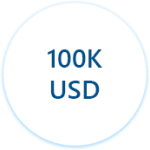
Reduced Trade Promotions spend by 100K USD

Reduced In Manual effort by 500 person hours
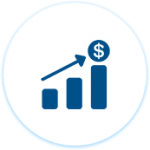
Increased
revenue
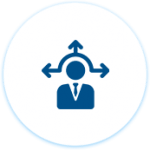
Faster decisions through actionable recommendations and analysis
Chapter 7
About Compass

Explore Acuvate’s Trade Promotion Optimization Software, Compass.
Compass is Acuvate’s Trade Promotion Optimization software which leverages Artificial Intelligence, Big Data and Advanced Analytics. It is created on the primary motto of making data work to get maximum bang for the buck for your trade promotions. Measure, Forecast, Analyze, Optimize and Repeat.
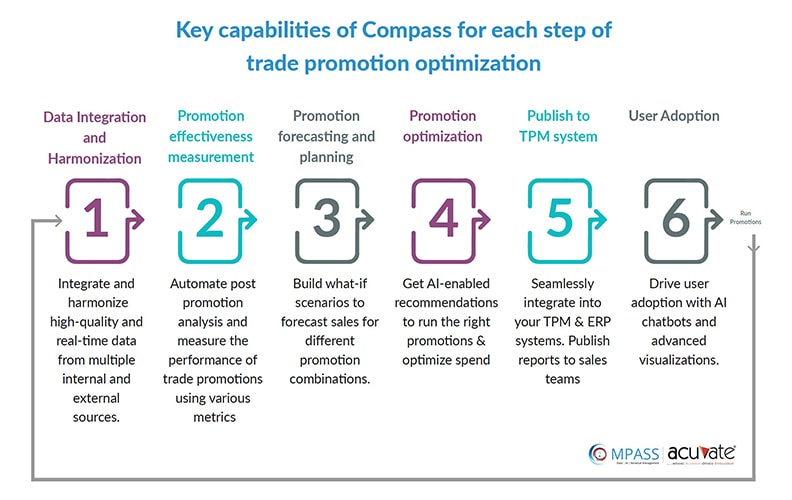
The different features of Compass
High-Quality Data Lake
- Capture data from multiple
external and internal
sources including digital
media, weather, events,
POS, competitor intelligence
and beyond. - Cleanse the data to remove
duplicates and also
effectively organize the
Same. - Convert Unstructured data
to structured.
AI & Machine Learning
- Run promotions with an intelligent and convenient analysis of data.
- Detect key insights and anomalies in promotional data
- Unlike traditional analytics which provides shallow insights, predictive and prescriptive analytics forecast and prescribes the right actions to maximize the ROI of your promotions.
- Crucial what-if scenarios will be addressed as well.
AI Bots & Advanced Visualizations
- Simplify the way you consume data from the TPO software with chatbots
- See data in the most convenient and visually-rich formats with advanced visualizations
Solution Benefits & Features
- Create customizable reports and dashboards without depending on skilled crew
- Easy to use for both power and non-power users
How Compass Works?
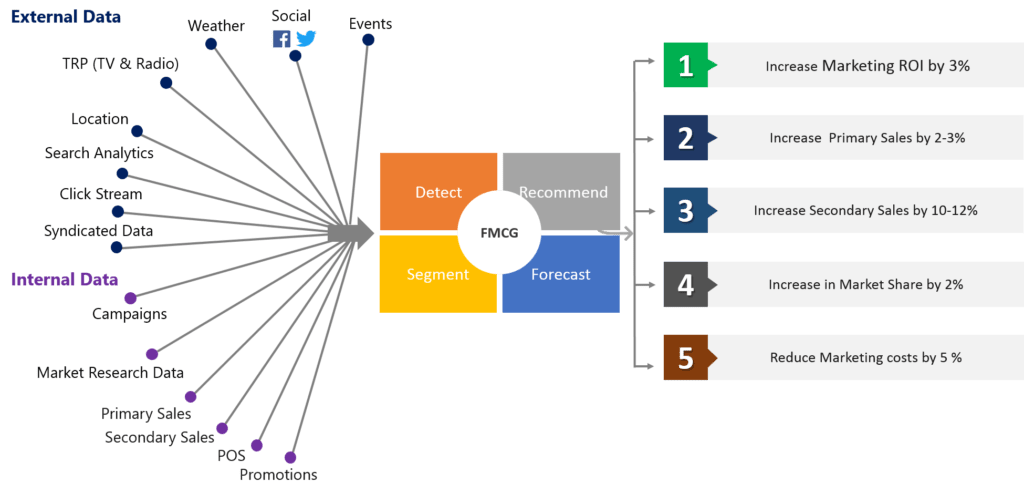
Related Articles
Request a Demo
Subscribe to our monthly newsletter to get the latest updates directly to your mailbox!
